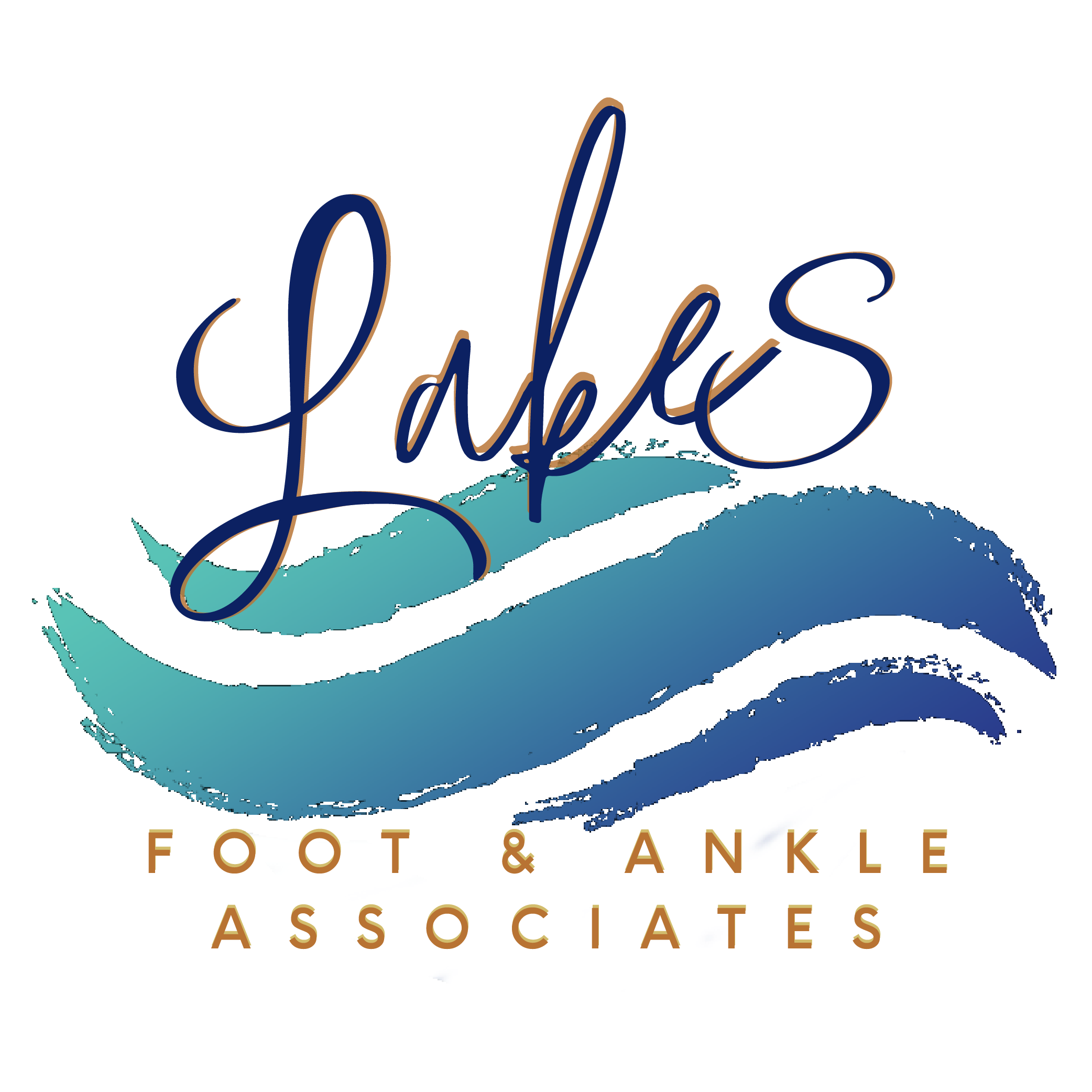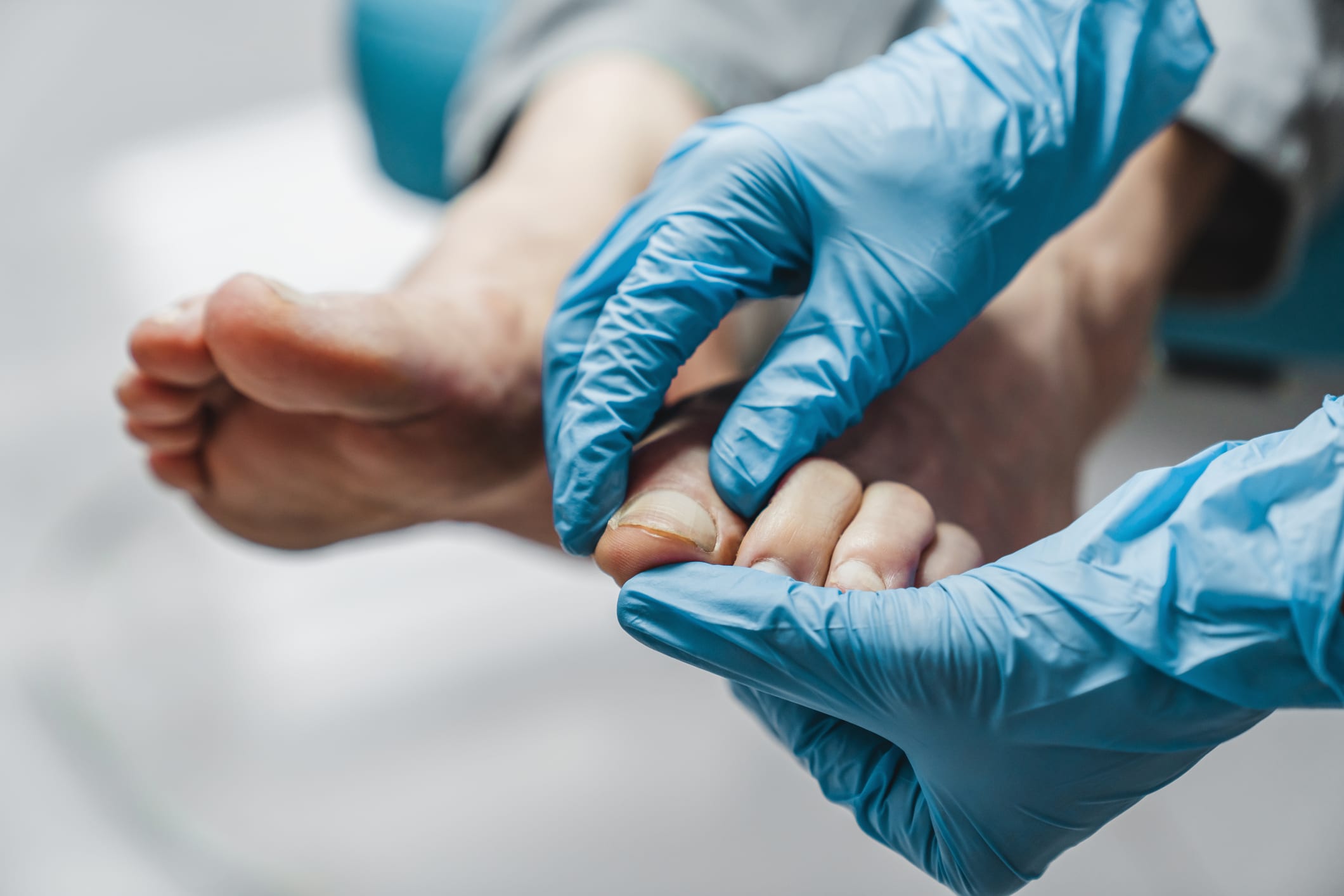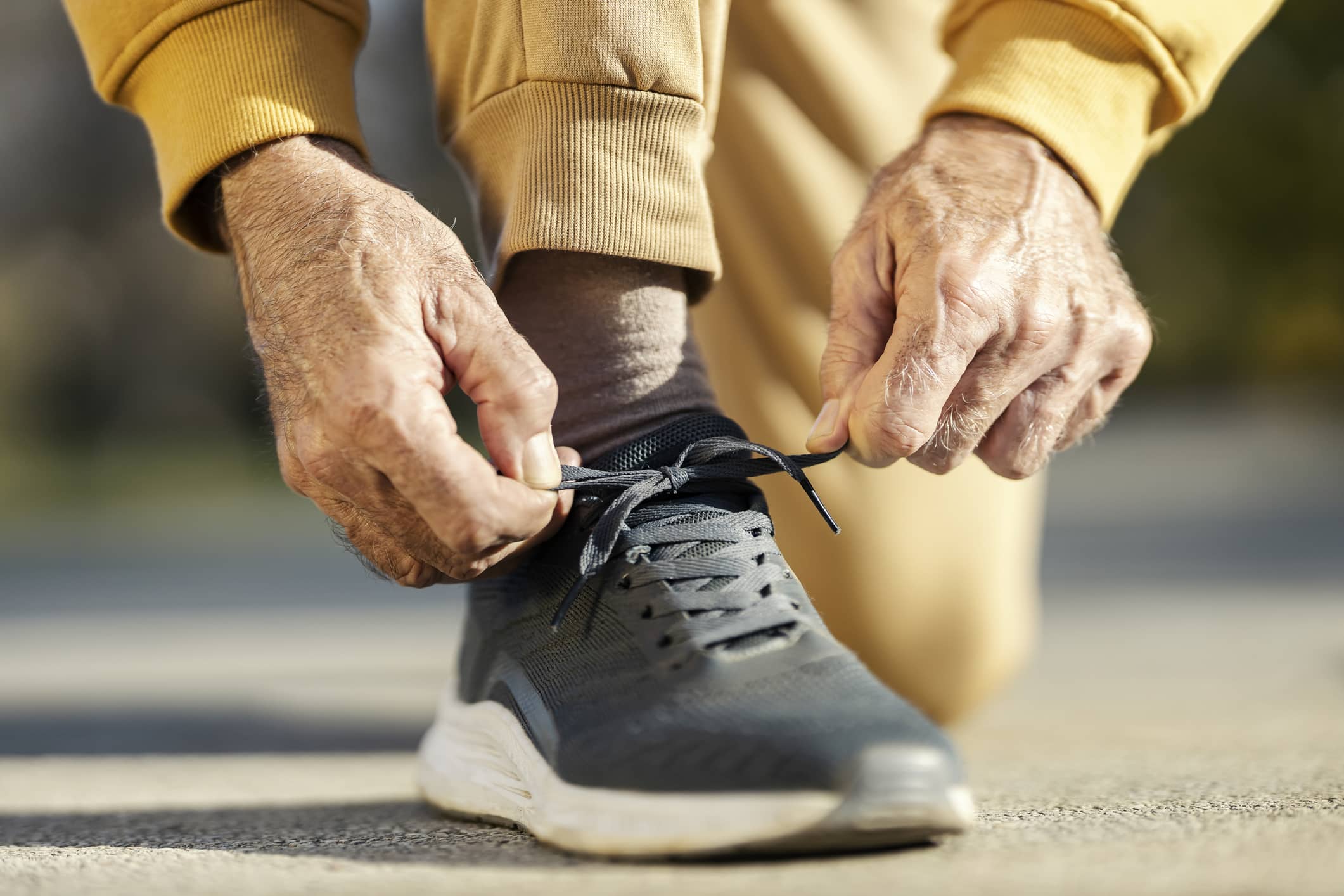Here’s a simple either/or question for you to ponder for a moment before you read the rest of this blog. Would you rather:
- Develop a painful ingrown toenail, then have to go through the inconvenience of coming in and getting it fixed?
- Not develop a painful ingrown toenail in the first place?
If you chose the second option, congratulations! You seem like a pretty rational human being. And we’re right there with you.
If you chose the first option … well, we guess it’s nice that you must love us so much that you’d be willing to go through the pain just to say hello. We love seeing you too! (And actually, treating ingrown toenails isn’t all that inconvenient after all, relatively speaking.)
But we’re guessing most of you went with door number two. And even though it might mean we won’t get to see you as often, we’re glad to help you make that happen.
To be clear, ingrown toenails can have many different causes, and there’s no guarantee that any strategy will be 100% effective.
But following the steps below can significantly reduce your risk, and if necessary there’s an in-office procedure that permanently prevents future ingrown nails and is 99% effective.
More on that in a bit—but first, let’s look at some of the low-tech, in-home strategies.
Wear Appropriate Shoes
Shoes can be your best friend when it comes to protecting your nails from damage and injury. But the wrong pair can be your worst enemy, actually increasing your risk.
What constitutes an “appropriate” pair of shoes as far as ingrown toenails are concerned? In brief:
- Not too small. Shoes that are too tight, especially in and around the toe box, can cramp your toes and press down on your nails. Not good! Ingrown toenails are a common consequence—and not the only one either, as other problems like bunions, hammertoes, and neuromas are also linked to these kinds of shoes.
- Not too large. Shoes that are too big aren’t any better, since they can slide around on your feet and cause your nails to slam into the front of the shoe over and over again. The lesson—get shoes that fit, period.
- Matched to your activity. Shoes also offer protection from external and environmental risks. If you’re working in an industrial or construction type of job, for example, you might need a pair of steel-toed boots to protect those nails. Accidents do happen.
Trim Your Nails Correctly
We can already hear you chuckling. “Who doesn’t know how to trim their toenails?”
Honestly, the answer is a lot of people. (We would know.) In fact, you may be inadvertently creating the very conditions that allow ingrown toenails to take hold!
The first and most obvious bit of advice is to not let them get too long. Toenails should generally be trimmed every 6 to 8 weeks or so, though you might be more comfortable trimming more often if you have active hobbies.
But it’s also extremely important that you don’t let your toenails get too short, either—and also that you do not round the nail corners nearly as sharply as you would with your fingernails. Cut mostly straight across, corner to corner.
We’d also recommend that you use larger toenail trimmers or clippers in order to give yourself more leverage for a nice, clean cut. And the best time to trim is after your nails have been soaked but also thoroughly dried. The bath or shower softens them up but if they’re still wet, they’re more prone to painful splitting and tearing.
Stop Them at the Source
Okay, so we’ll level with you.
The above strategies may work for many people, but not all. That’s because, for some people, ingrown toenails are genetic. If you happen to fall into that category, your ingrown toenail might keep coming back even with proper trimming and footwear.
But does this mean you’re destined to a life of toe pain? By no means! But you may need to come in for a procedure known as a matrixectomy. During this procedure, we’ll actually cauterize and/or reshape part of the nail matrix—specifically, the part that’s associated with the specific edge of the toenail that’s causing chronic problems. This prevents that section of the nail from growing back after it has been removed.
It’s a fairly minor procedure, all things considered, with minimal discomfort. Full recovery takes a couple of weeks on average, with some restrictions on submerging the toe in water or going full speed in athletic training. But most people are back to their normal daily activities within a day, maybe two. And if you get a matrixectomy, the odds that you’ll ever get another ingrown toenail—at least along that edge of that toe—drop to about 1 percent at most.
Never Get Another Ingrown Toenail Again
Again, we can’t promise you 100% certainty. But by taking the right steps, you can prevent ingrown toenails at an extremely high success rate—or at least get to the point where your next ingrown toenail will be your last, thanks to a matrixectomy.
So if you do develop another ingrown toenail, please make sure you give Lakes Foot and Ankle Associates a call. Treatment is quick, easy, and minimally disruptive. Plus, you’ll save yourself a lot of unnecessary pain, both now and in the future!
To schedule, dial (248) 360-3888. You can also request an appointment online.
| Monday | 8:00am – 4:30pm |
| Tuesday | 9:00am – 4:30pm |
| Wednesday | 8:00am – 4:30pm |
| Thursday | 8:45am – 6:00pm |
| Friday | 7:30 am – 4:00pm |
| Saturday | – Closed – |
| Sunday | – Closed – |



